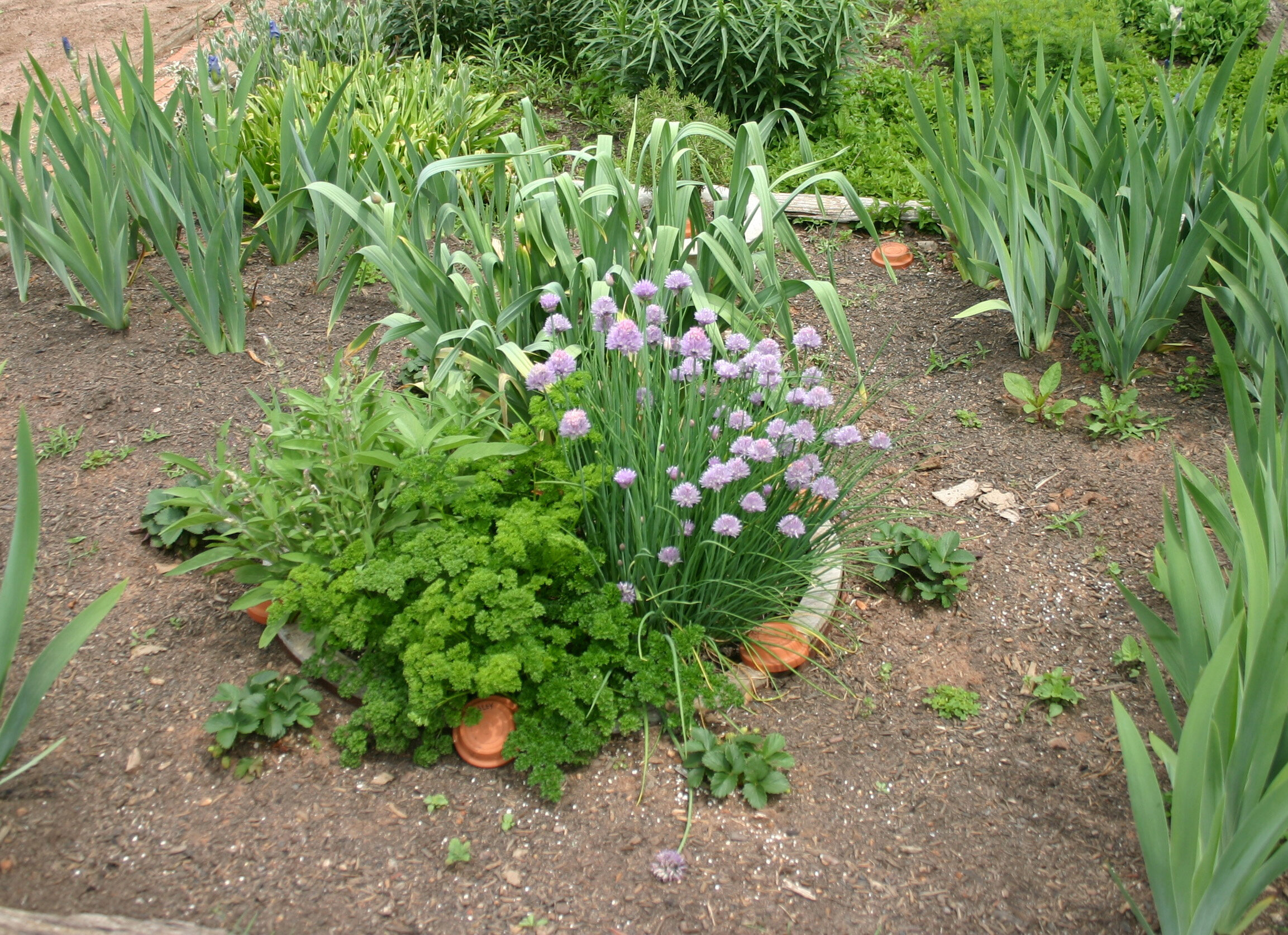We did not host guests this Thanksgiving, so there was no roast turkey at the Snoddy place, hence no need for harvesting sage to flavor the traditional dressing (or stuffing) accompaniment.
Today, a quick peek into my herb garden revealed a beautiful sage plant. Its good condition was a surprise, since I plunked it into a corner of a raised bed in spring and promptly forgot it.
My past use of culinary sage has been limited to the Thanksgiving meal. It was planted as a deterrent to marauding deer and rabbits. I decided to search the internet for other uses. What an eye opener! I was unfamiliar with “sage smudging,” and what I learned was fascinating. Smudging, simply put, is the burning of plant material to produce smoke and aroma.
Burning sage was practiced by Native Americans (and perhaps Ancient Greeks, Egyptians, and Romans). The intent (varies by source) was either a spiritual ritual, a purification practice, a healing rite, an attempt to rid spaces of insects, or to “dispense negative energy.”
There are two main types of sage used in smudging, White Sage (Artemesia) or Culinary Sage (Salvia officinalis). Other plants used for smudging include cedar, rosemary, and lavender. The internet has several prayers or incantations for use as part of smudging rituals. Some sites had very specific instructions. According to one, “Use a match to light it at the bottom. You never want to blow on it, because that is blowing your spirit away.” Other sites discourage smudging by non-Native Americans, labeling the practice as cultural appropriation. One source gave instructions on the inclusion of sage smudging as a part of marriage ceremonies.
So, is there any proven science behind smudging? More than 30% of Americans use medicines or practices that fall outside standard pharmacological standards. WebMd.com was non-committal: “While sage burning might offer a kind of metaphysical or spiritual cleansing, its medical virtues haven't been well-studied. Very little research has been done on burning sage in general, and there isn't much evidence to confirm what it might do for your health.”
While the activity is not widespread, there are YouTube videos on how to smudge properly. And any time you can purchase Sage Smudge Sticks on Amazon, it is safe to assume that is moving from esoteric to known.
Here is a piece of wisdom. Let the curious beware. After my research into the practice of smudging, I got plenty of popups on other sites and advertisements related to holistic healing, acupuncture, mysticism, even a few links which appeared to have some connection to witches.
Culinary Sage or Common Sage, Salvia officinalis, is a woody sub-shrub native to the Mediterranean. It has soft gray, narrow leaves that resemble a greener version of Lambs Ears. ‘Berggarten’ is a cultivar with wider leaves. Bees and butterflies love sage’s spikes of tiny lavender, blue, or pinkish flowers. Plants are grown from seeds, cuttings, or division. They are perennial in zones 4-8. Grow sage in full sun and well-draining soil. Plants are deer and rabbit resistant.
This happy sage plant is hanging out with neighboring oregano and cattnip.





